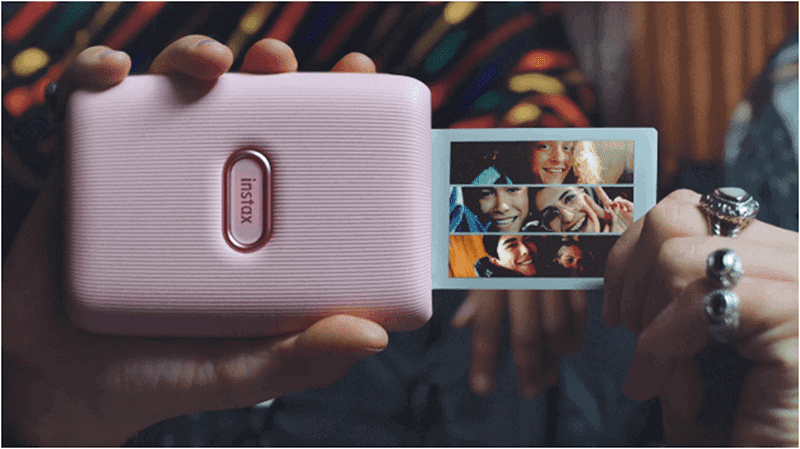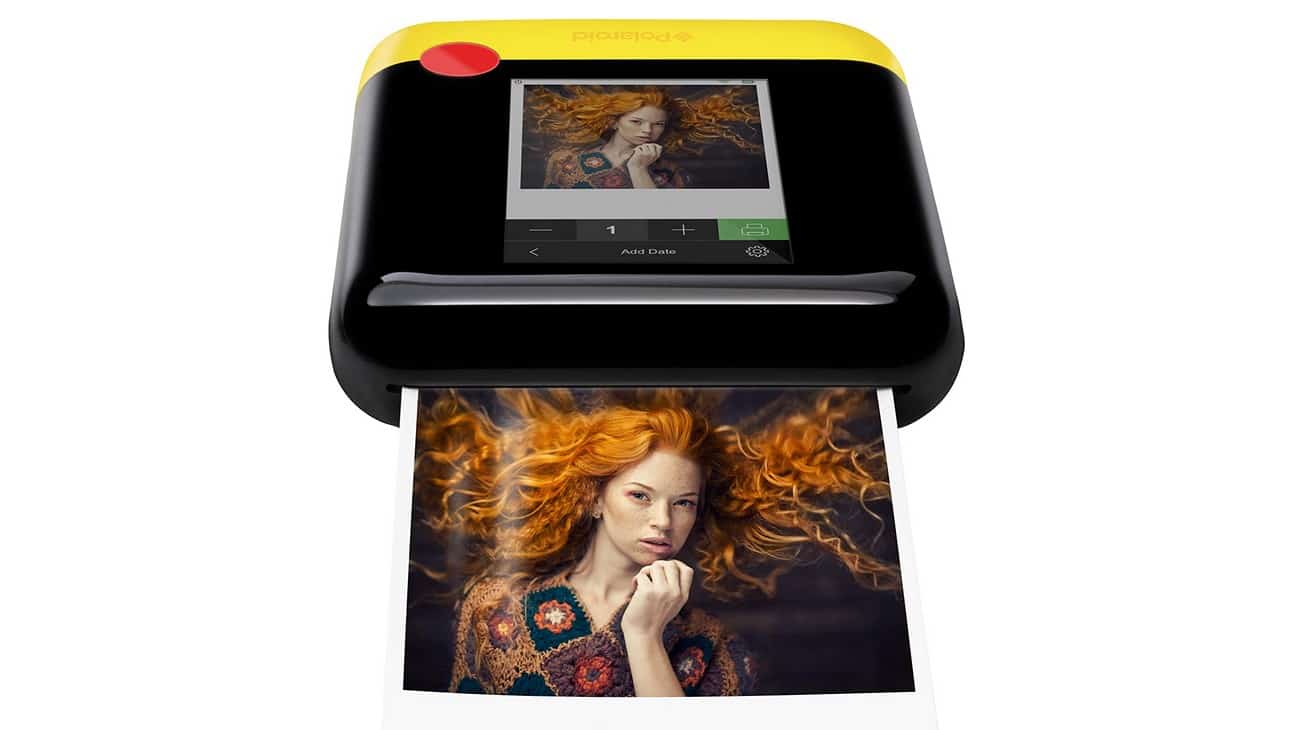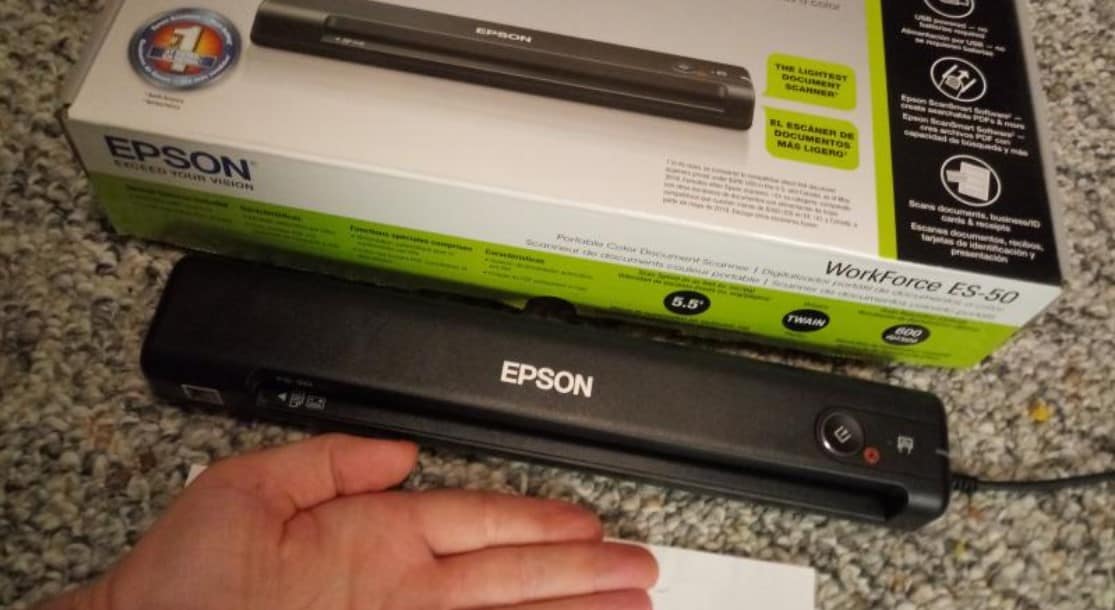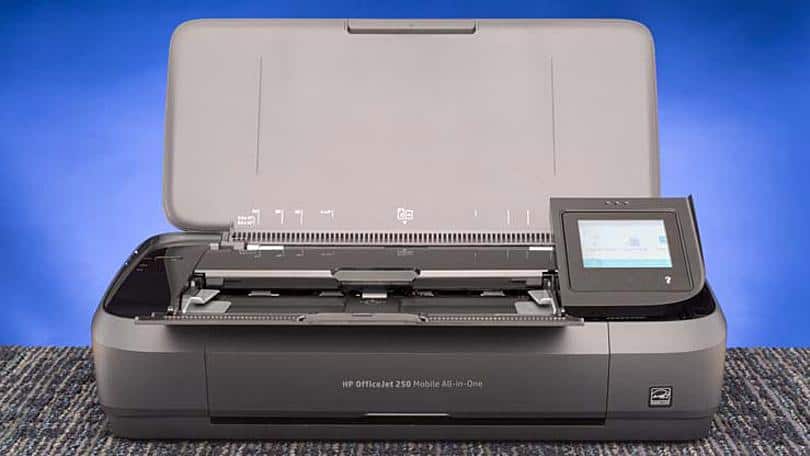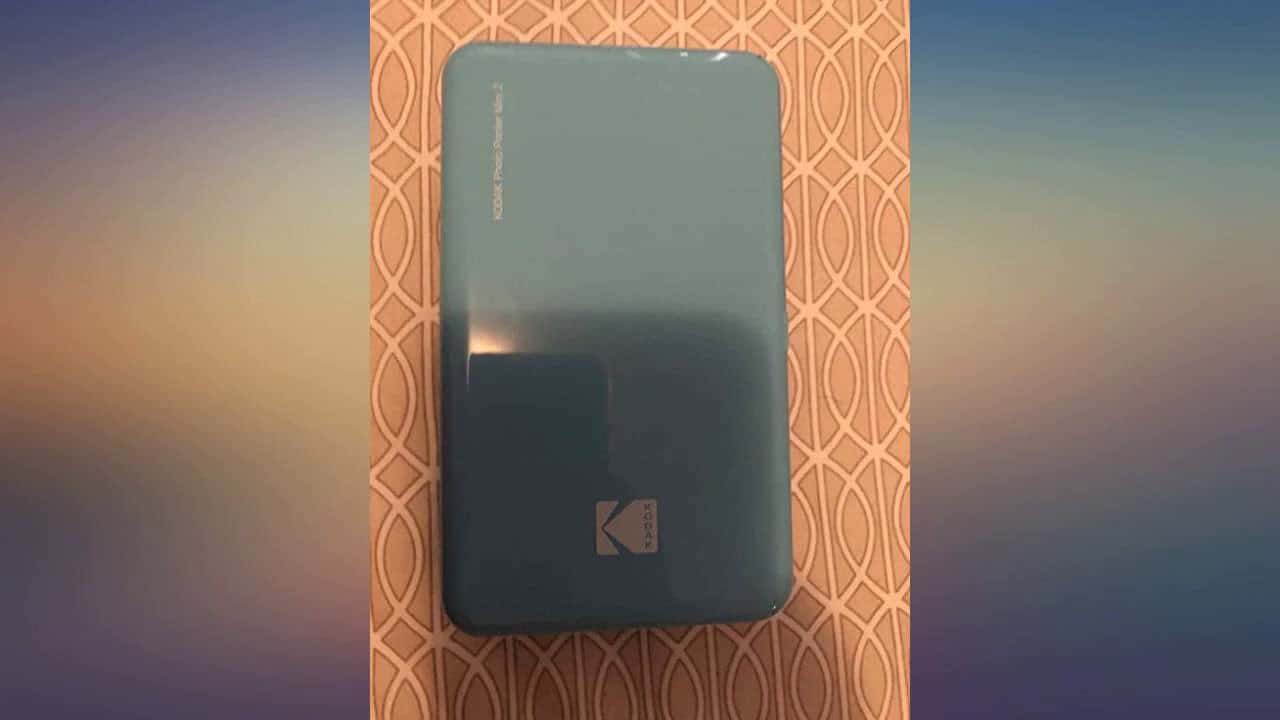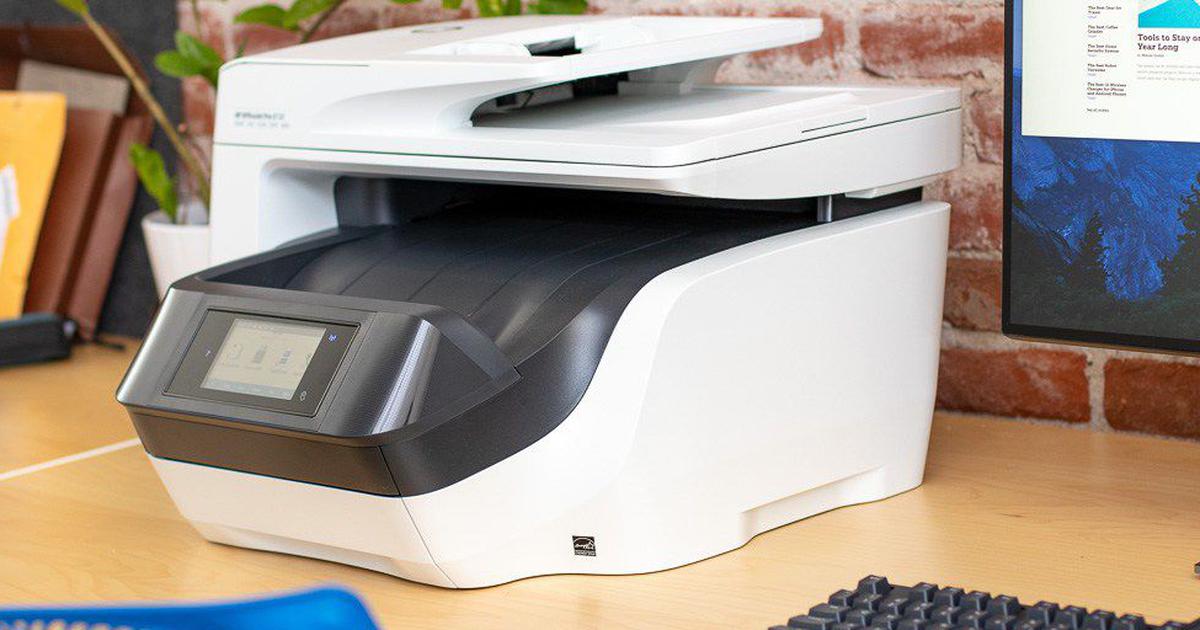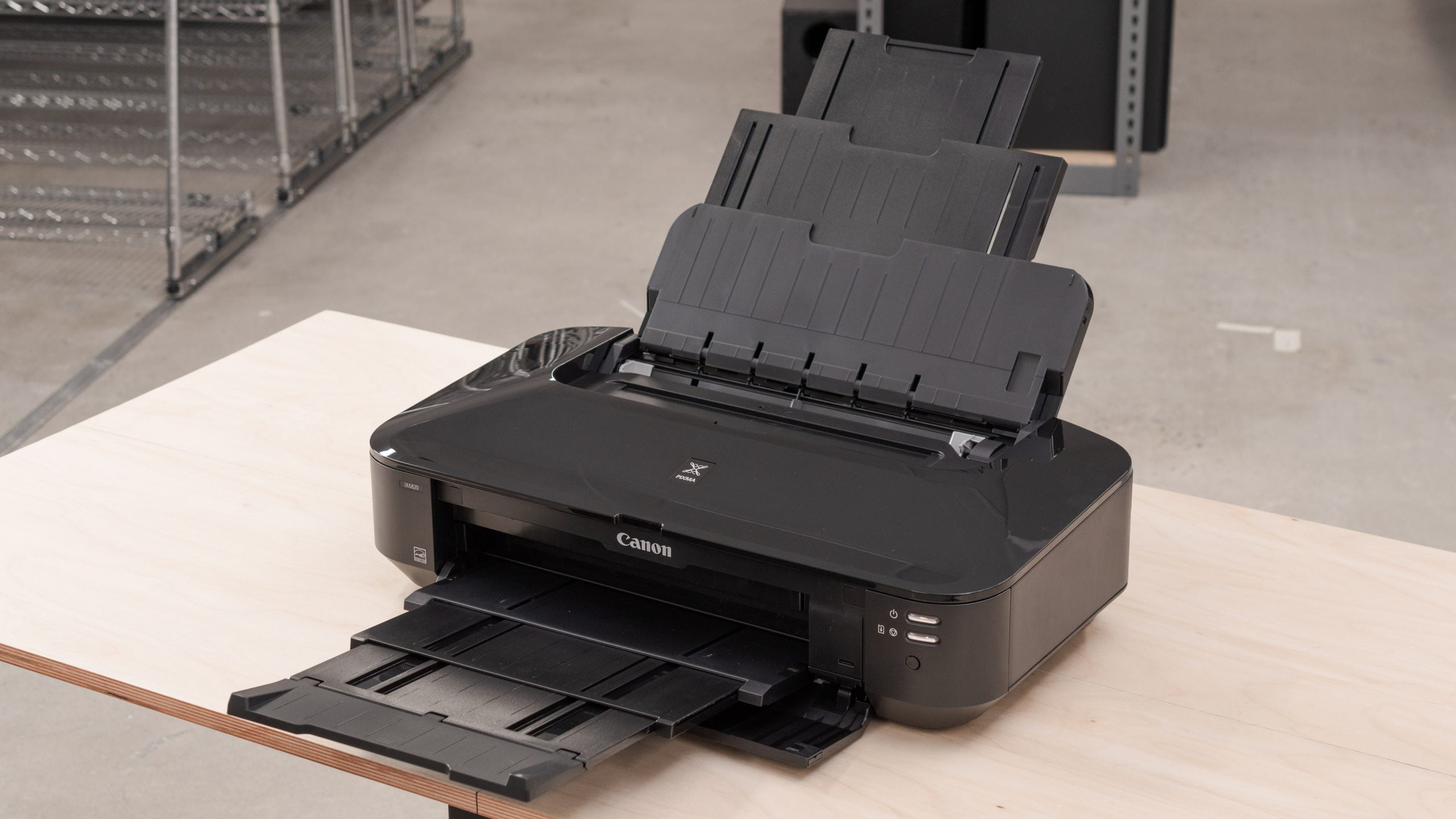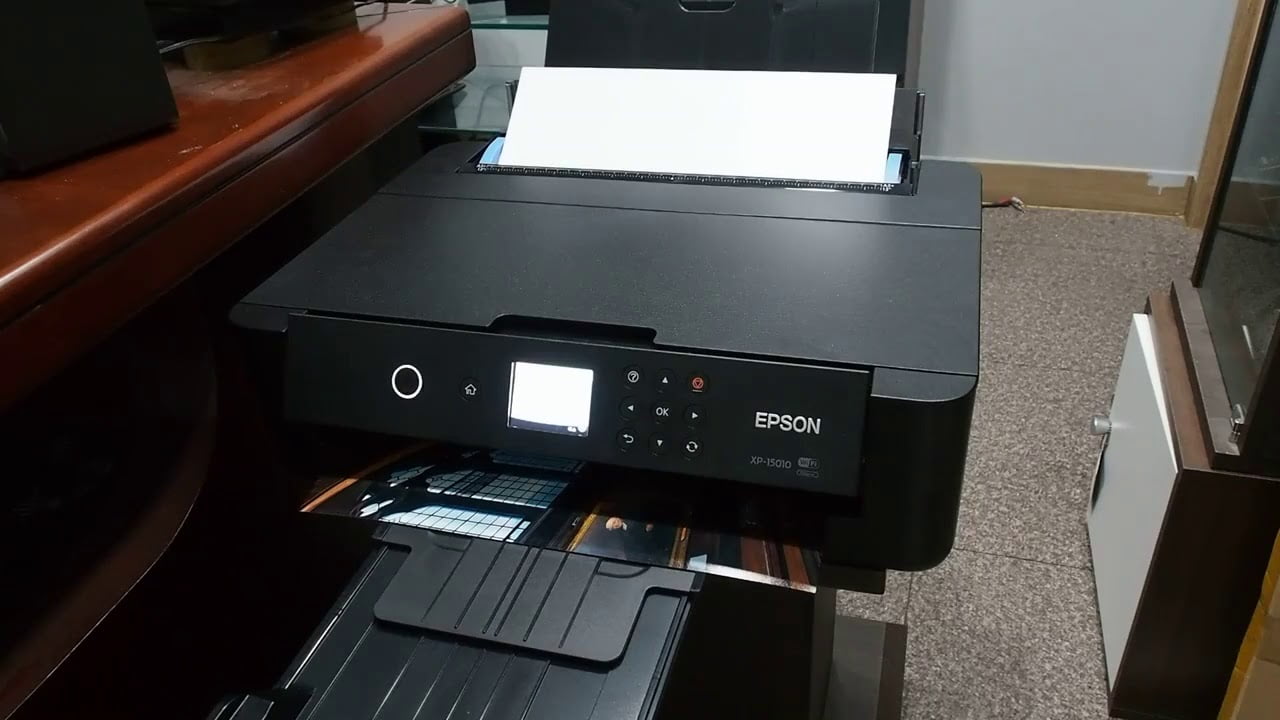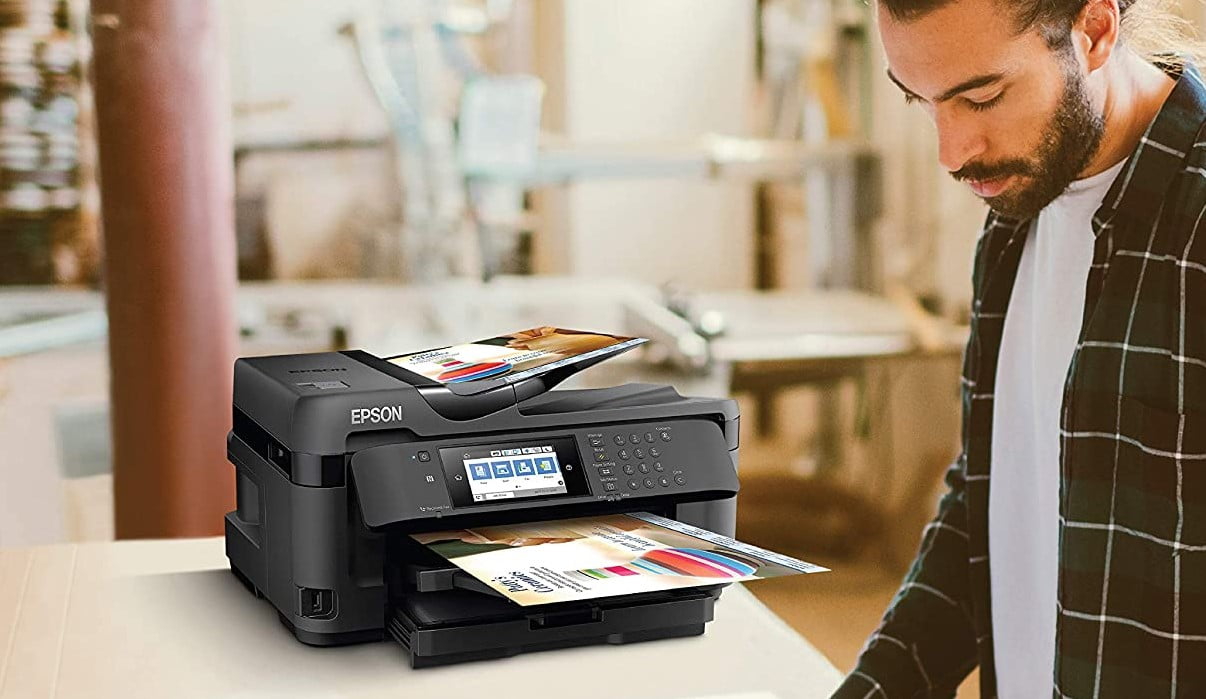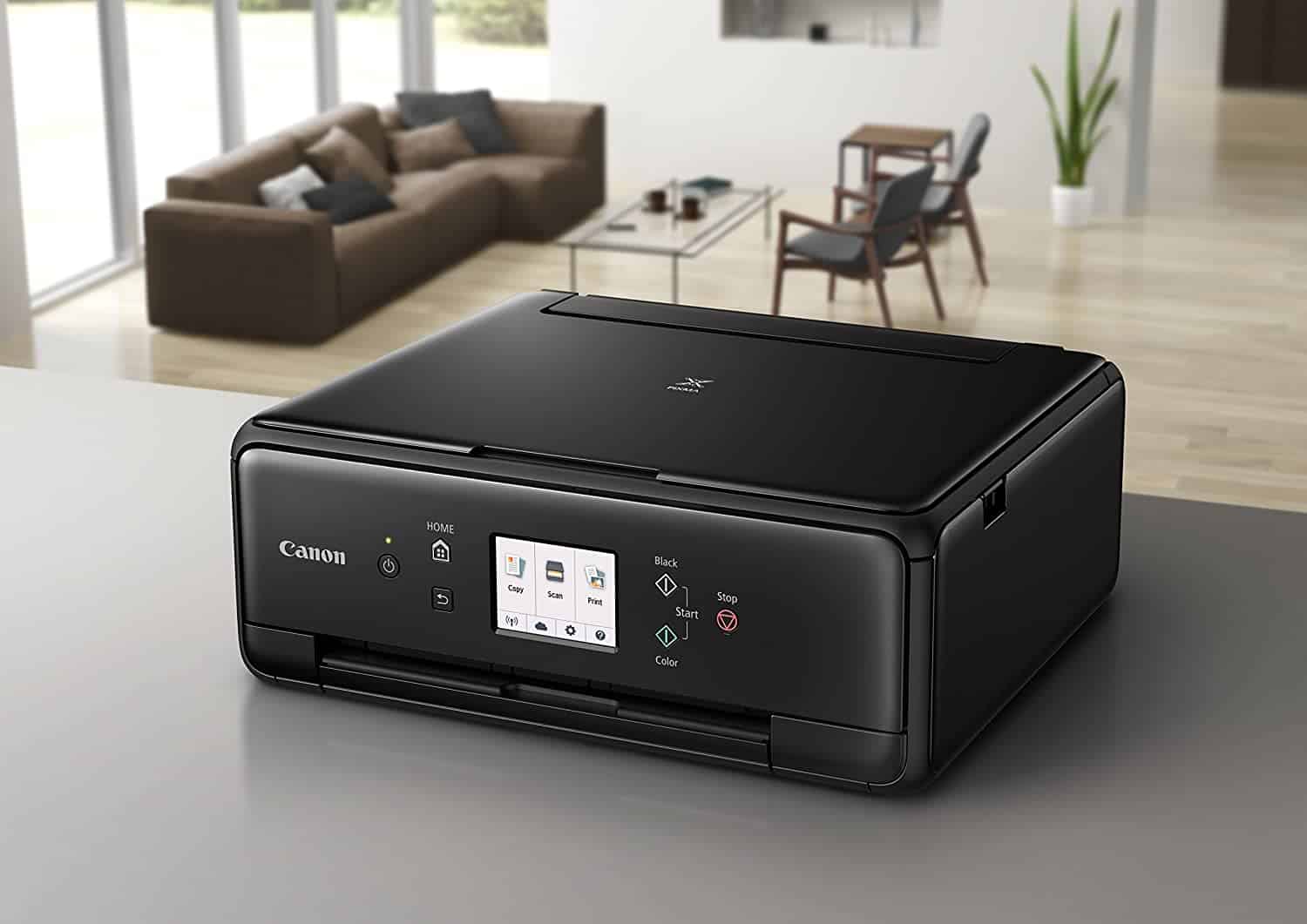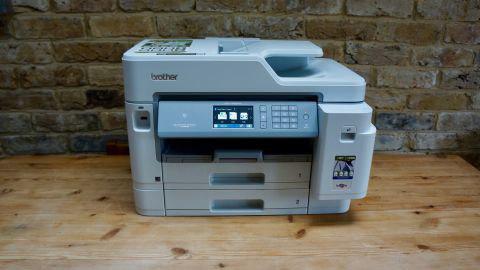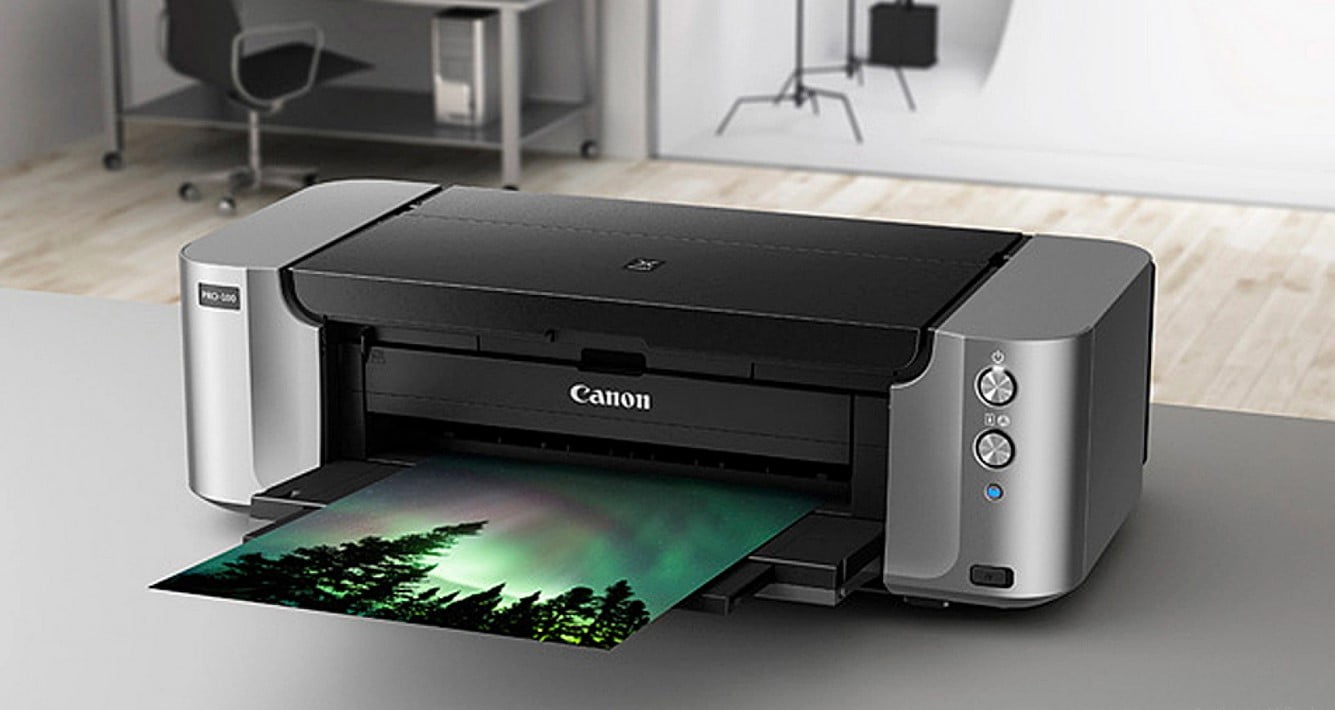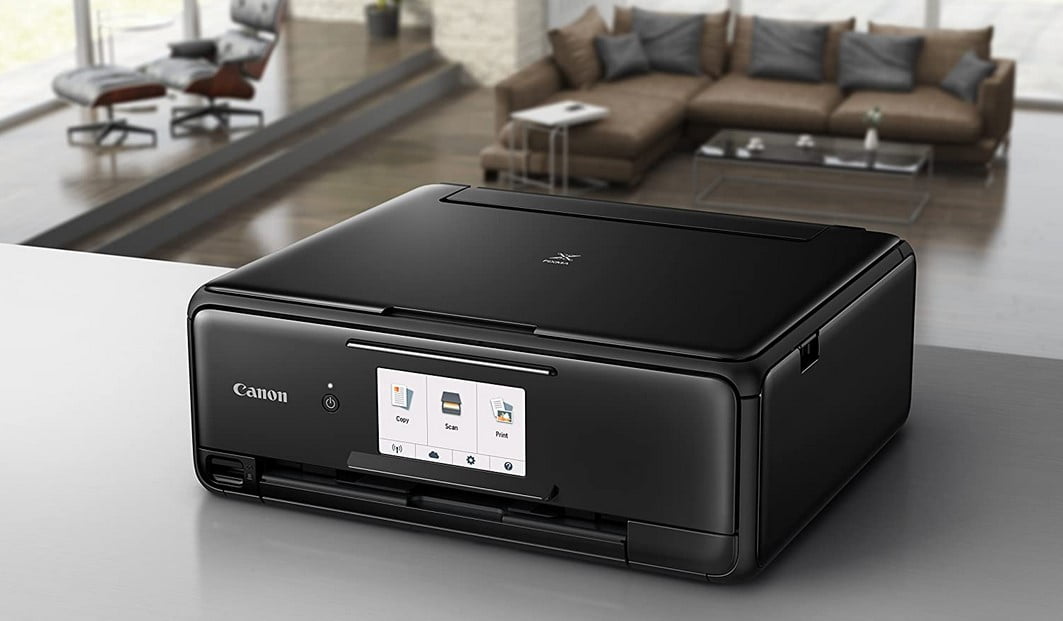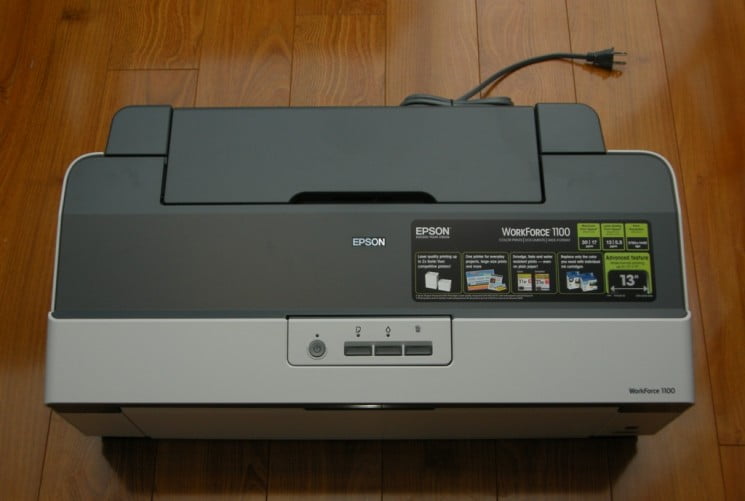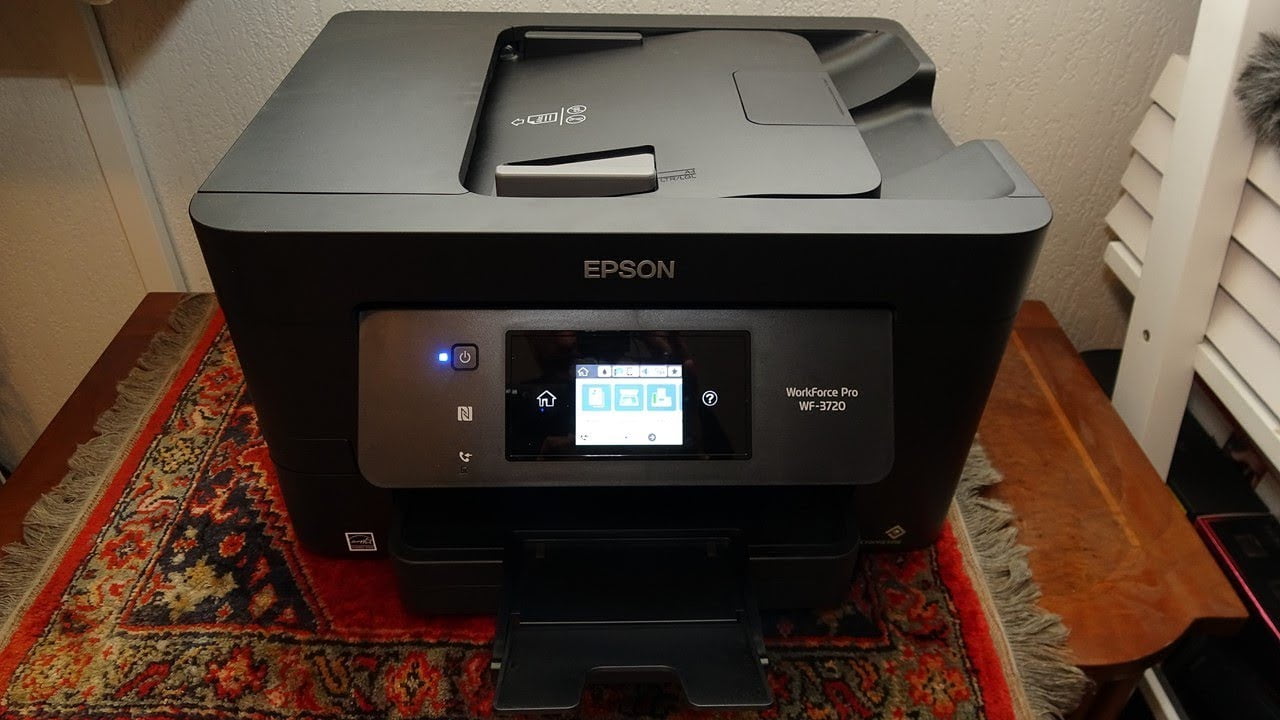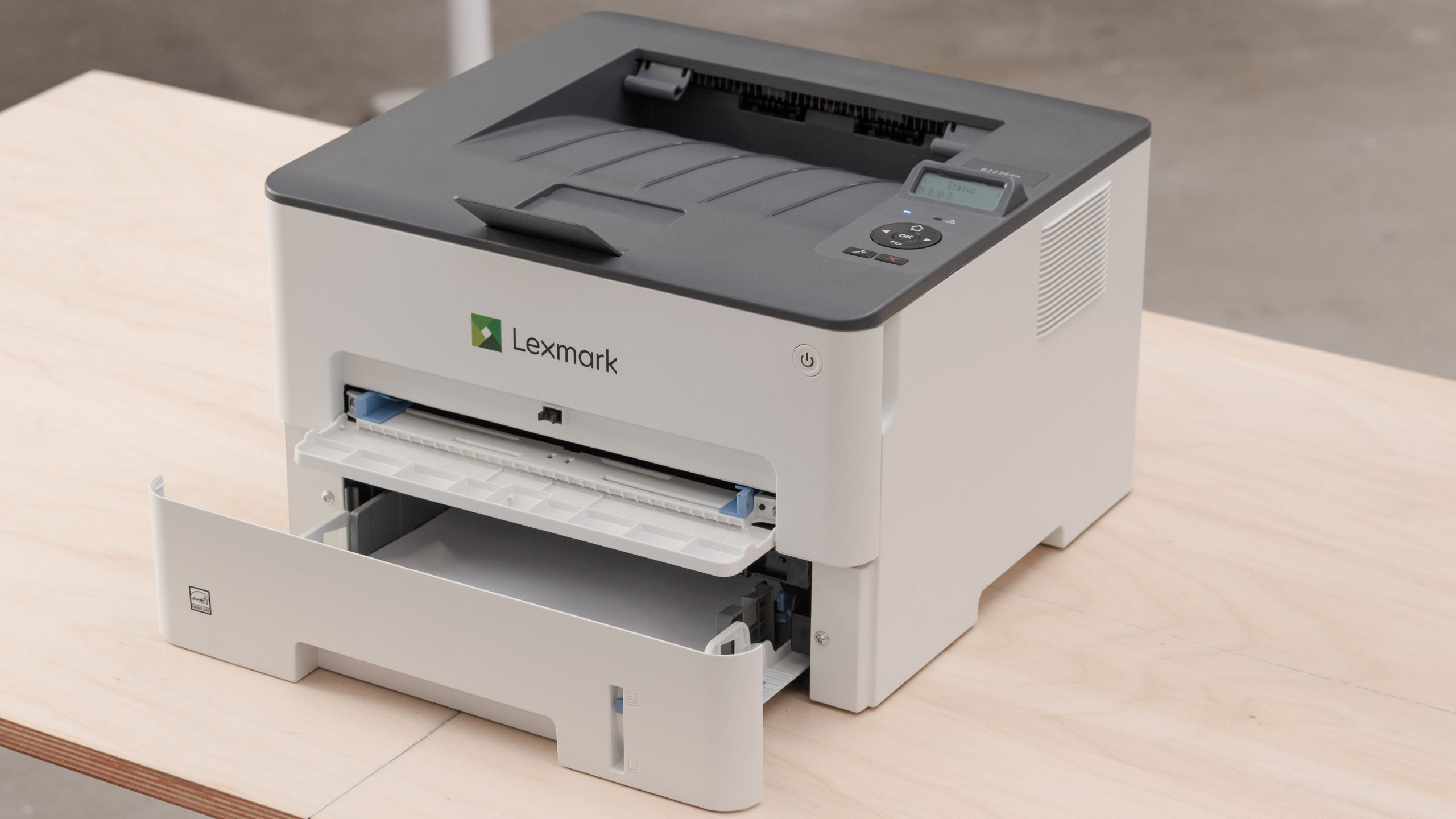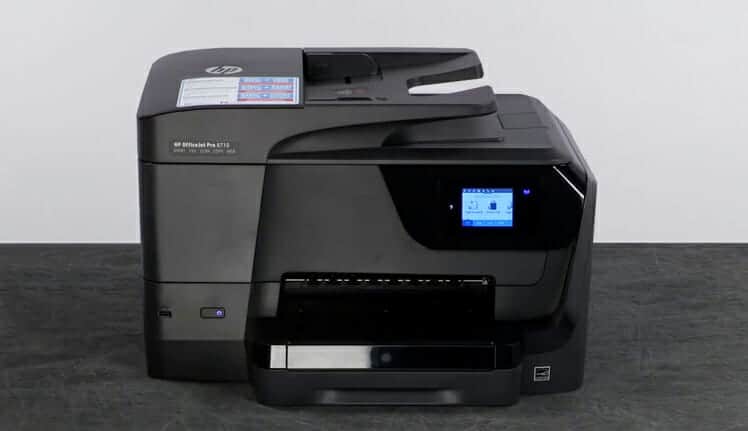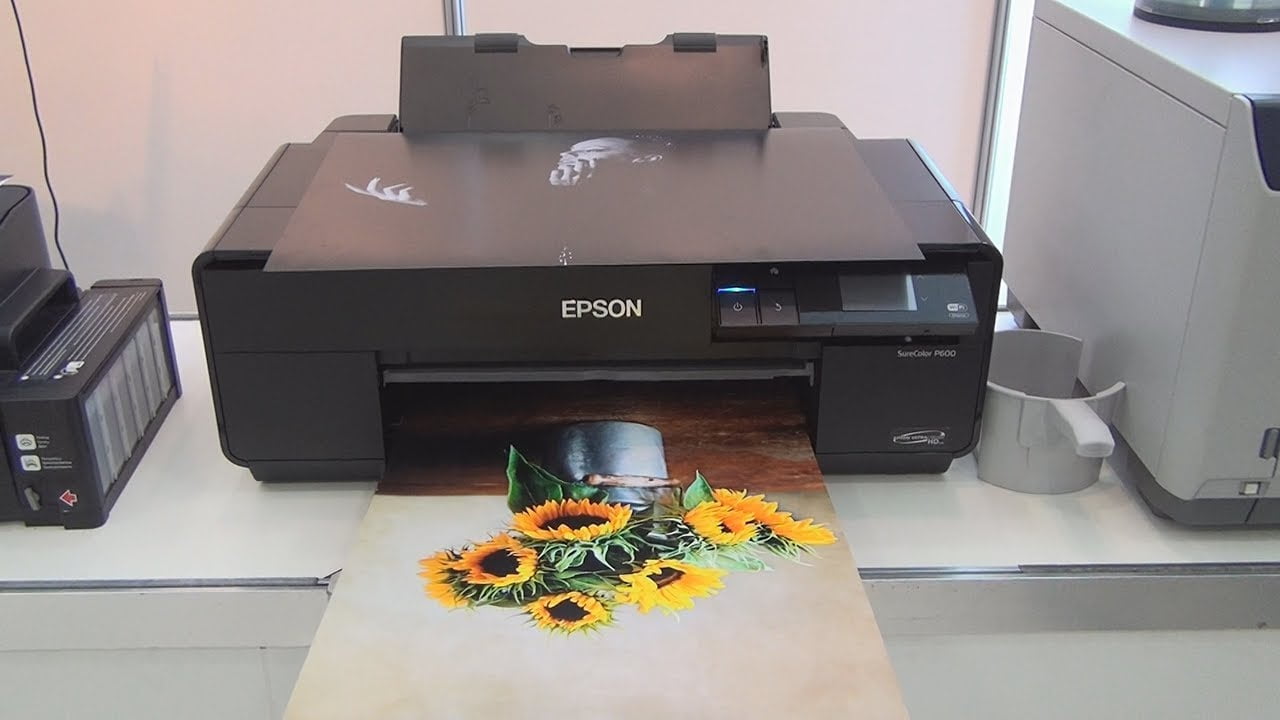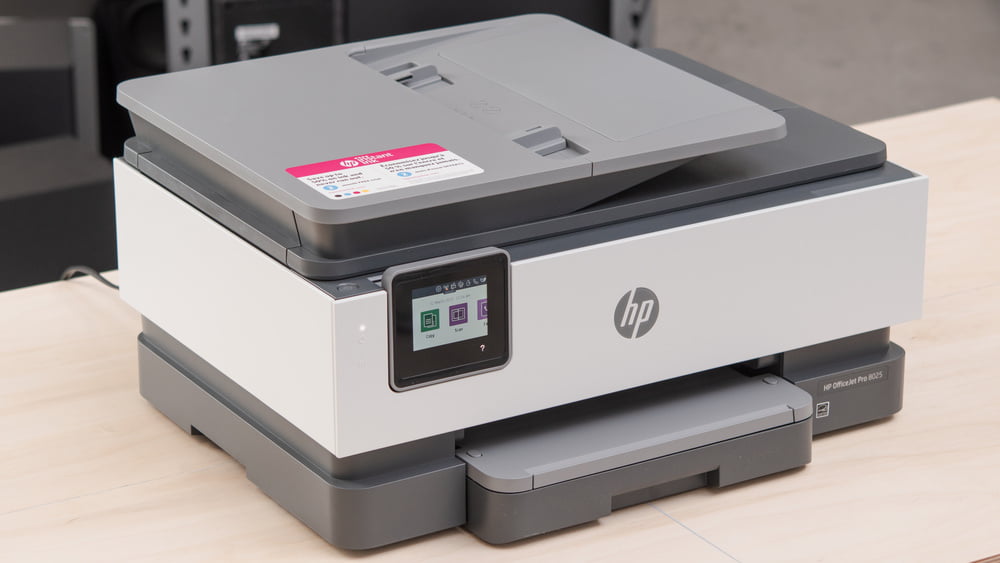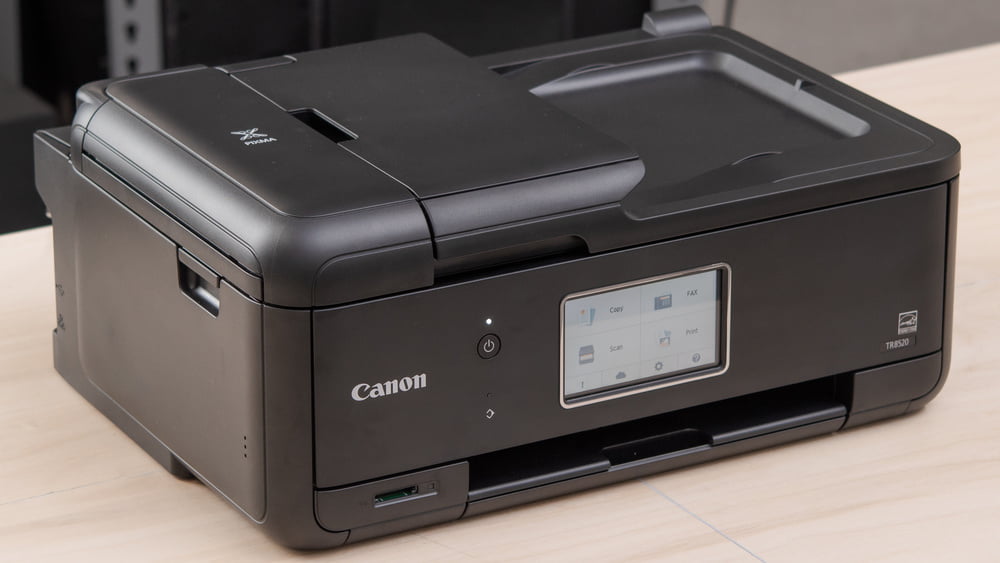Some high-performing printers excel at making color reproductions, making them an ideal choice to print out photos and other visually intensive images. Consumers may wonder, however, exactly how color printers work.
KEY TAKEAWAYS:
- Most modern color printers rely solely on the CYMK color spectrum instead of the more commonly found RGB color spectrum.
- CYMK includes four colors: Cyan, magenta, yellow, and black.
- Color printers can combine the various colors that make up the CYMK spectrum to recreate any color in existence
Which Set of Colors Do Printers Use?
There are different types of printers that vary in price. Inkjet printers use variously colored ink cartridges to create colored documents and images. Modern printers tend to use cyan cartridges, magenta cartridges, yellow cartridges, and black cartridges. Together, these colors are referred to as CYMK. It is interesting to note that modern printers do not typically use ink cartridges in primary colors, such as red, green, and blue.
Insider Tip
Modern printers tend to use cyan cartridges, magenta cartridges, yellow cartridges, and black cartridges.
The Reasoning Behind Using CYMK
Modern printers tend to rely on CYMK-based ink cartridges for a variety of reasons. When purchasing an ink cartridge, to boast a much larger capacity, buy a high-yield ink cartridge. Here are just a few of the benefits provided by relying on this color scheme instead of primary colors.
Overlapping Primary Colors
If you are interested in the science behind printers using the CYMK color scheme, it is important to explain the subject of overlapping primary colors. When we are kids, we are taught that any color can be made by combining the primary colors of red, blue, and green. The same can be said of cyan, magenta, yellow, and black, as each of these colors overlaps the aforementioned primary colors. For instance, cyan overlaps blue and green while magenta overlaps red and blue. Using overlapping, a CYMK-based color scheme will be able to mix to any color of the spectrum.
Insider Tip
Before sending anything out to be printed, check out the document by using an easily accessible CYMK color wheel.
Color Conversion
Another thing to consider when you are trying to understand how a modern color printer works is the notion of color conversion. When dealing with a CYMK-based color spectrum, a printer must typically convert from an RGB spectrum, as most pieces of software use RGB colors. This is typically done via the printer’s built-in drivers and software. There can be an issue with color conversion when it comes to blues appearing too purple once being printed. Before sending anything out to be printed, check out the document by using an easily accessible CYMK color wheel.
Improved Black Response
A key benefit to going with the CYMK color spectrum over an RGB color spectrum is the fact that typically results in deeper and richer blacks. It is easy to see how this would be so, as CYMK has one more color to mix in over RGB. This can be especially handy when it comes to printing out official documents and the like.
Warning
It is interesting to note that modern printers do not typically use ink cartridges in primary colors, such as red, green, and blue.
F.A.Q.
Why does my printer need color ink to print black?
If you have a color printer, black is typically reproduced by combining all of the available ink colors. In other words, you won’t have a black ink cartridge per se.
Will the colors match a sample I print out on my own printer or a previously printed sample?
The colors should match from device to device, so long as each party is using calibrated equipment and the correct color wheel.
Why do printers use cyan and magenta instead of blue and red?
Cyan and magenta are better for the purposes of printing, as they are easier to mix together to create light-refracted visual images.
STAT: Magenta printed with a 20% halftone, for example, produces a pink color, because the eye perceives the tiny magenta dots on the large white paper as lighter and less saturated than the color of pure magenta ink. (source)

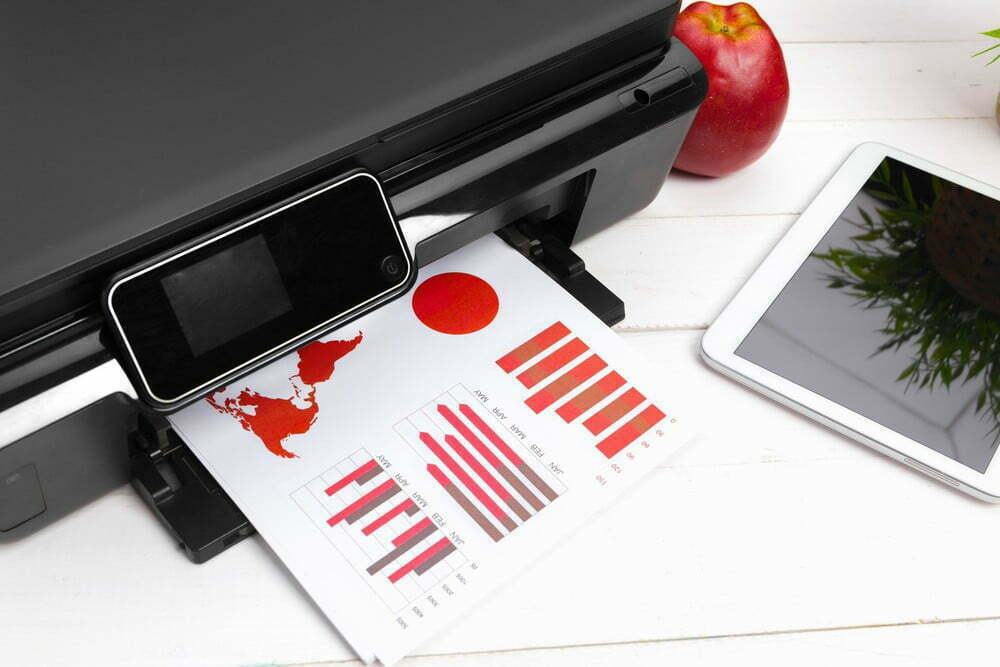













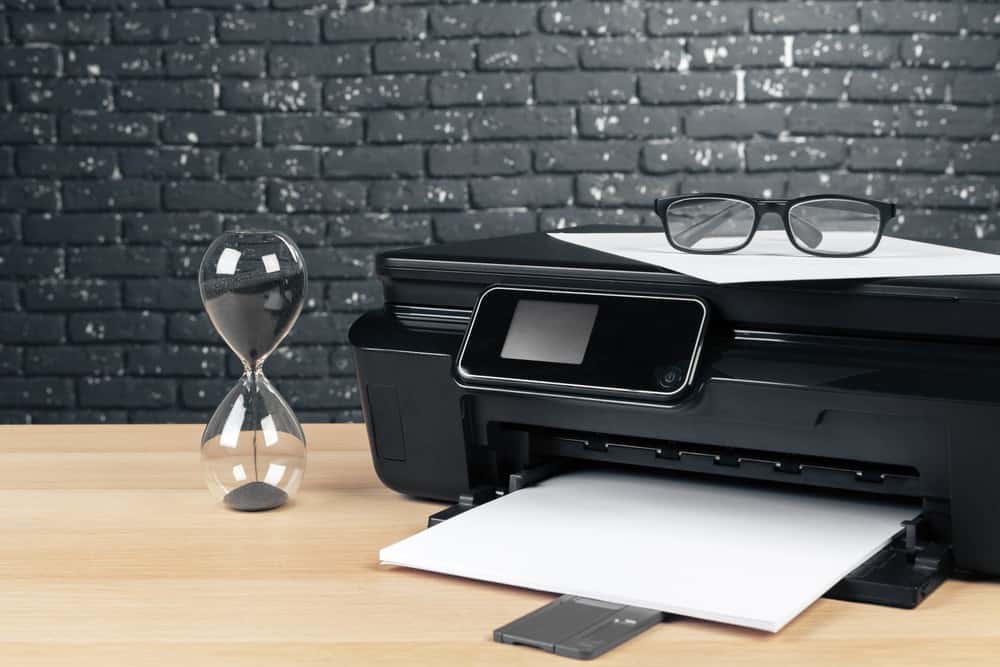

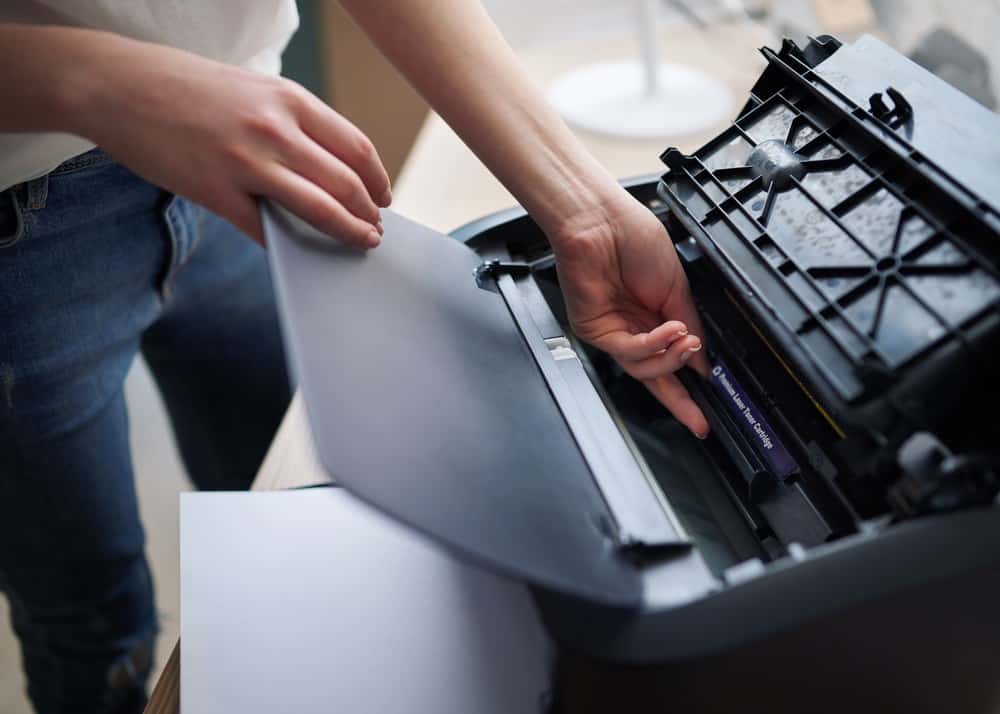
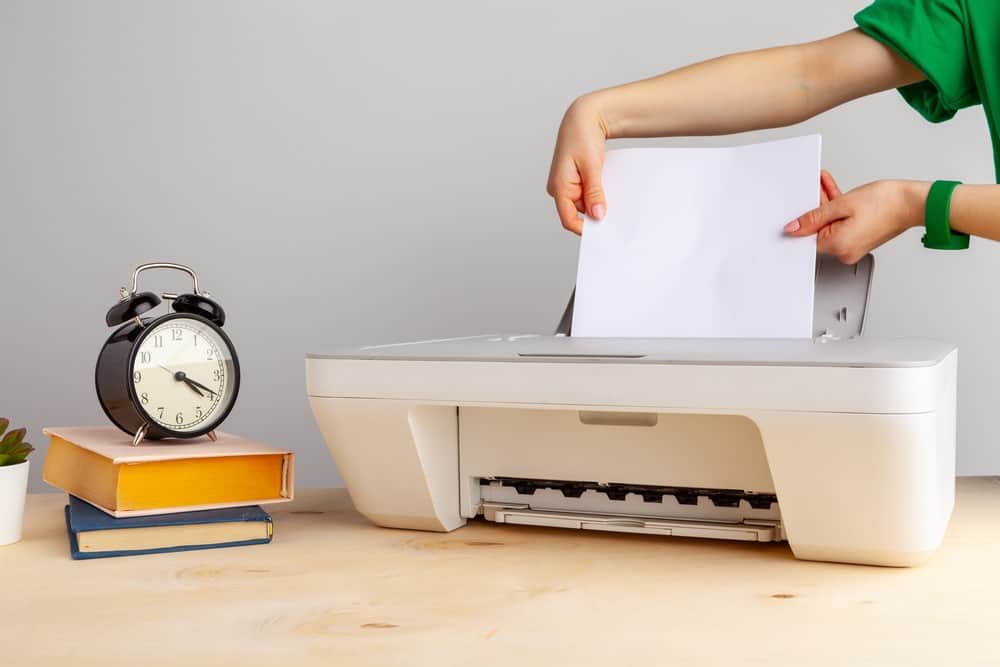
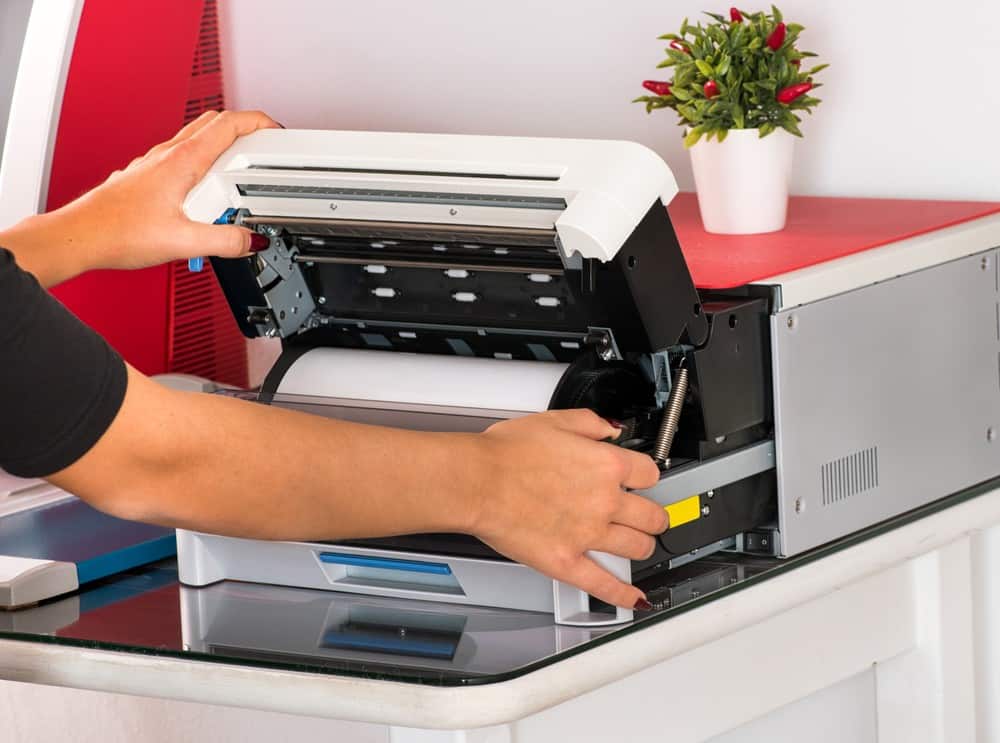
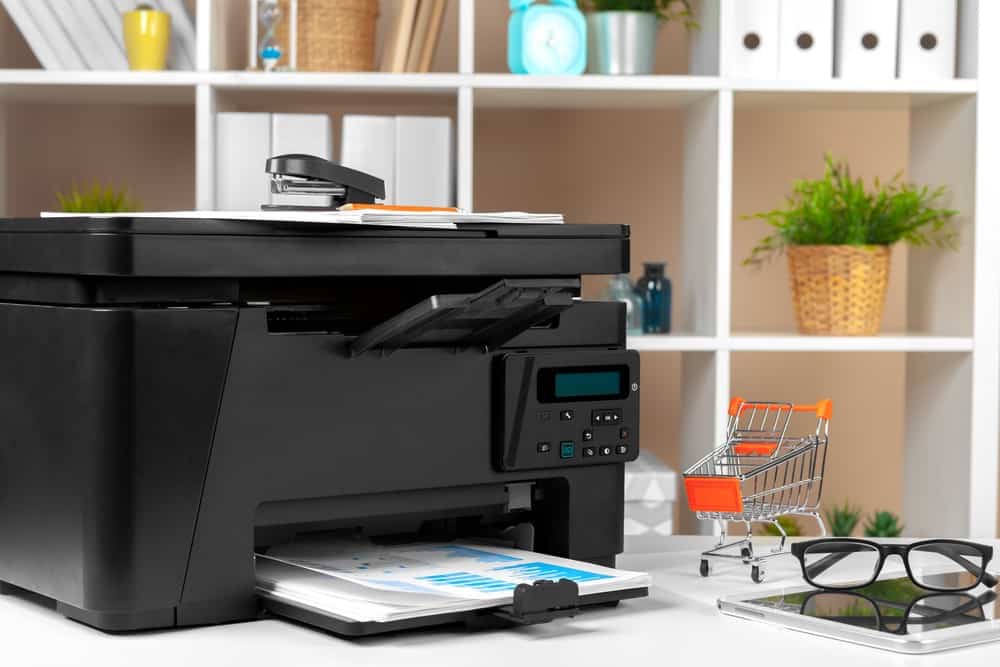
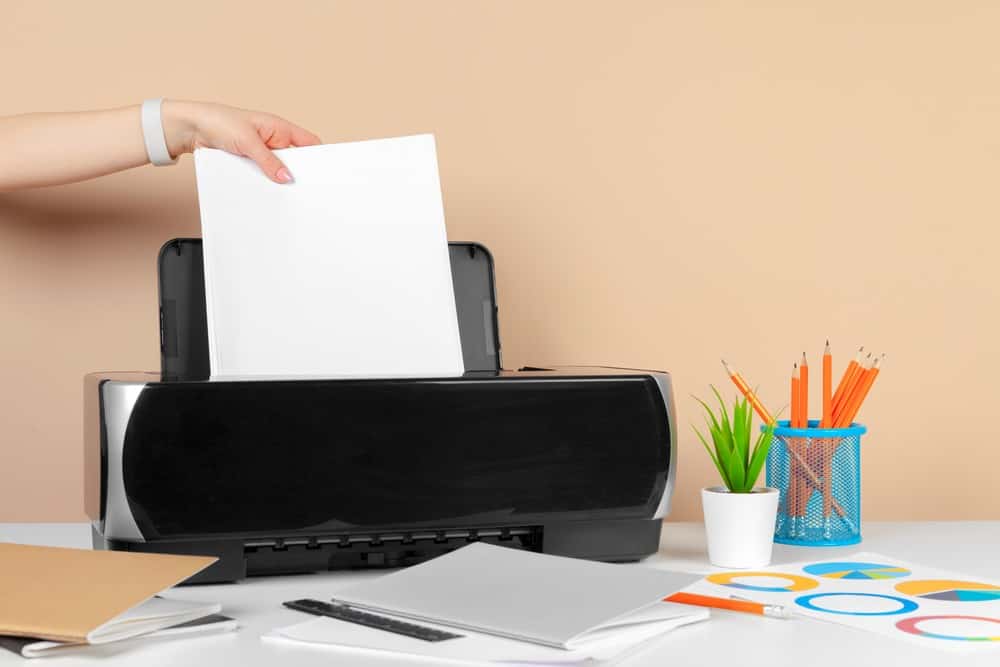
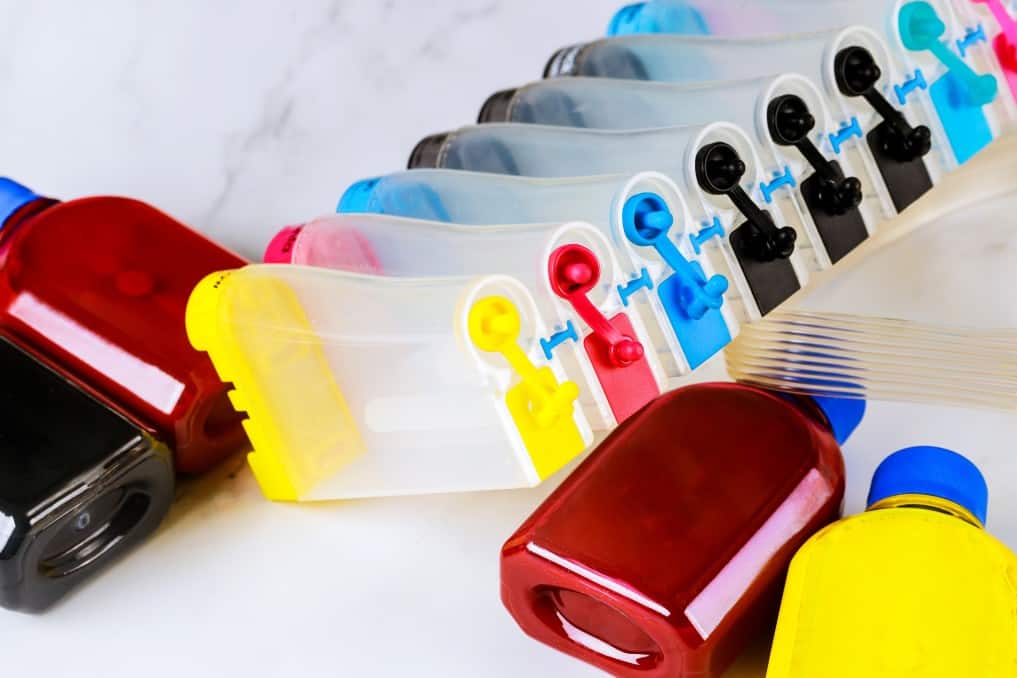
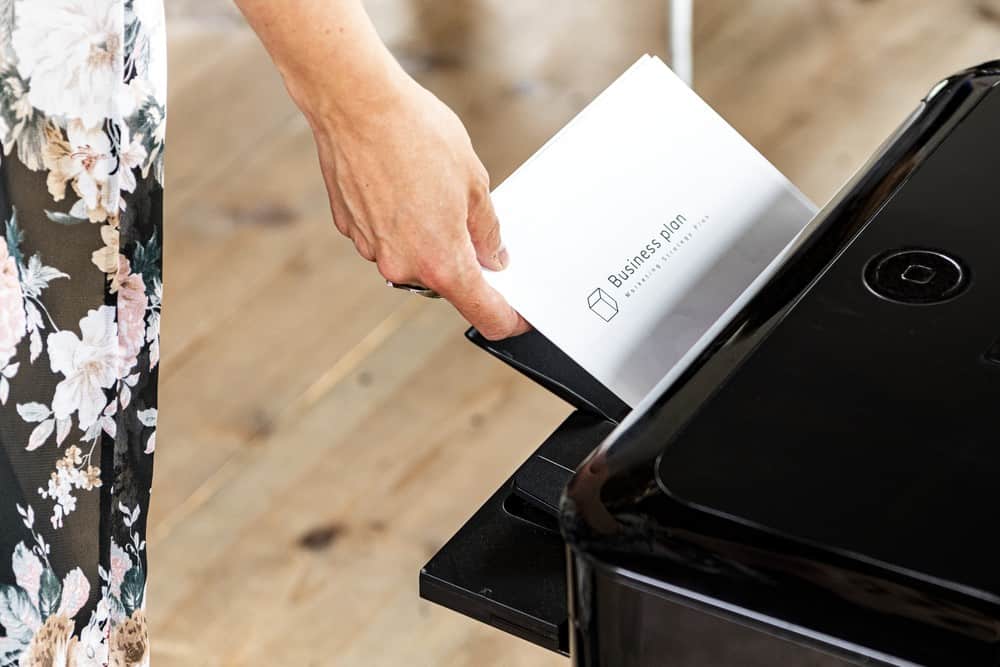
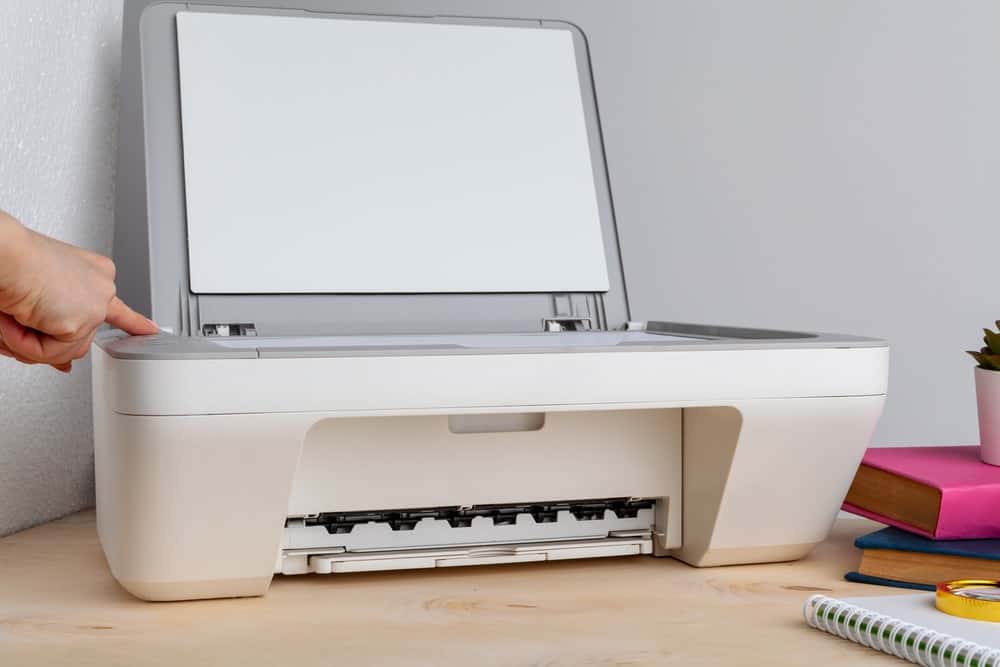
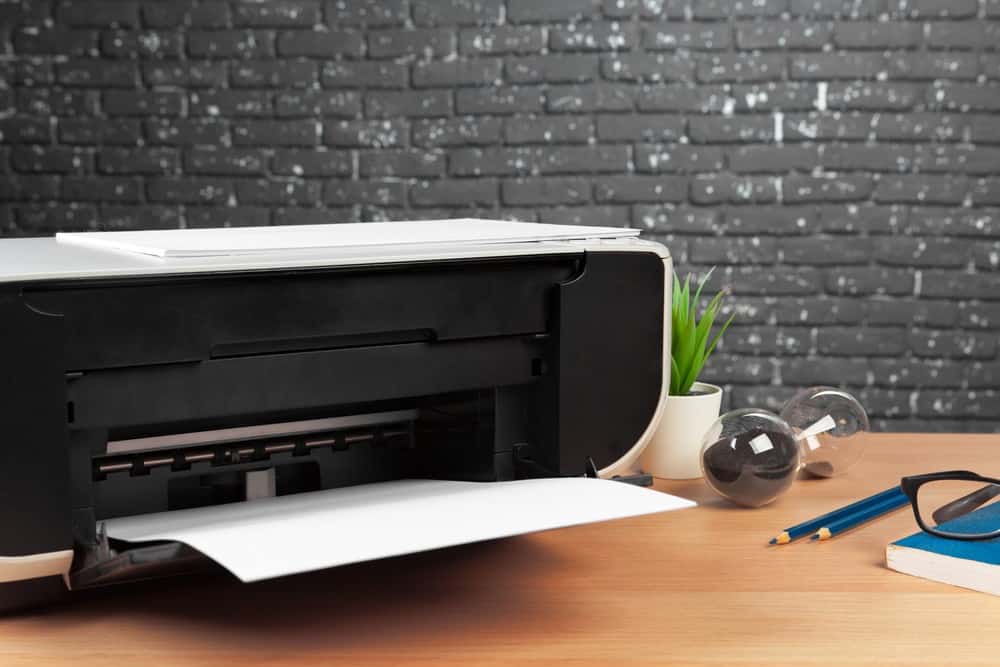
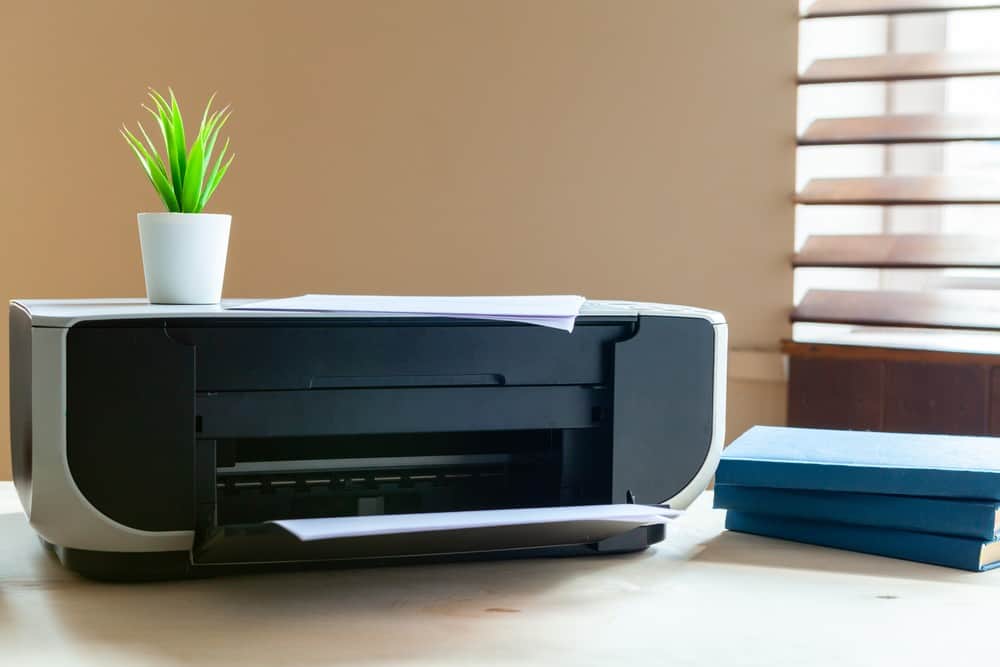
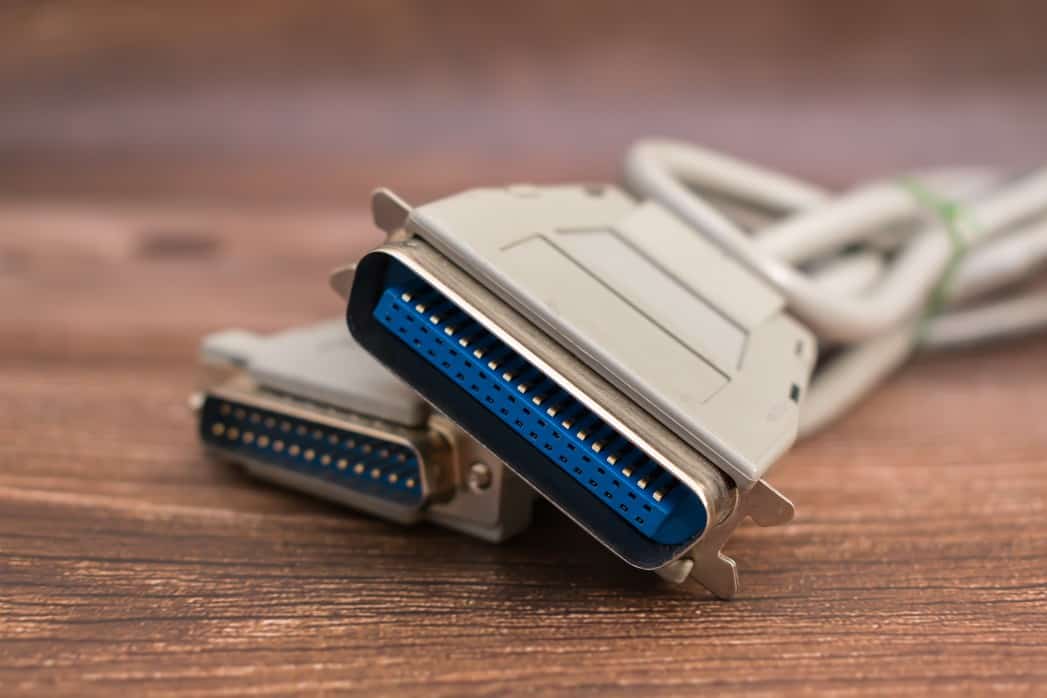
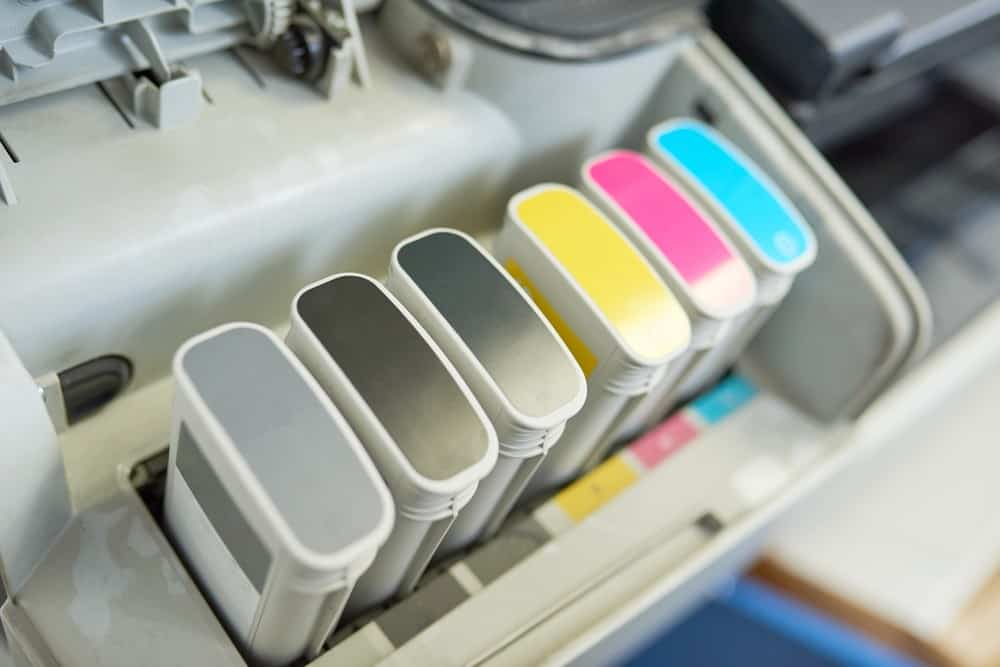

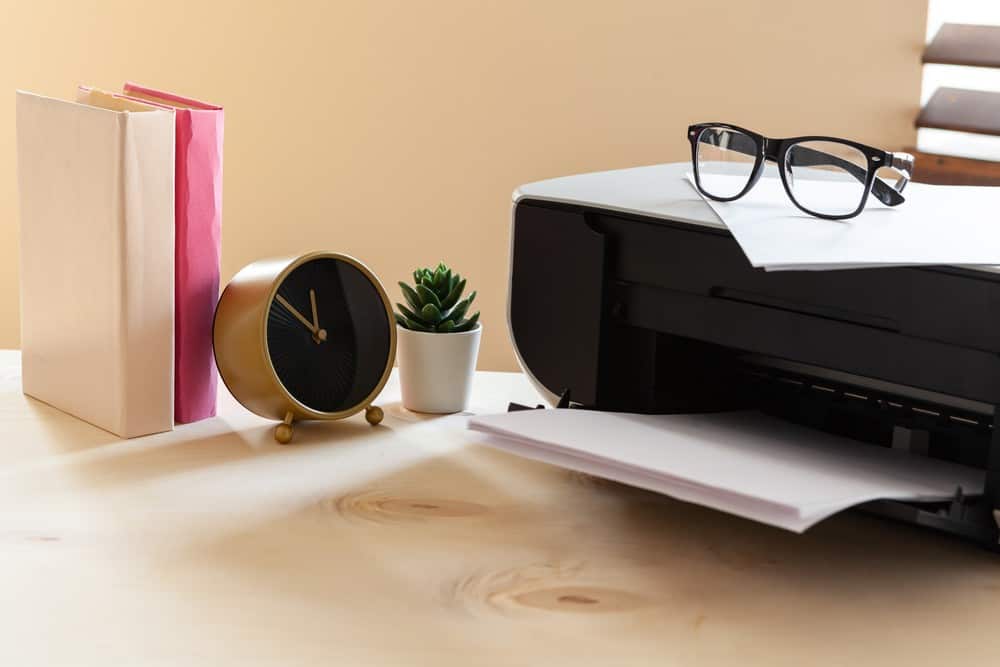
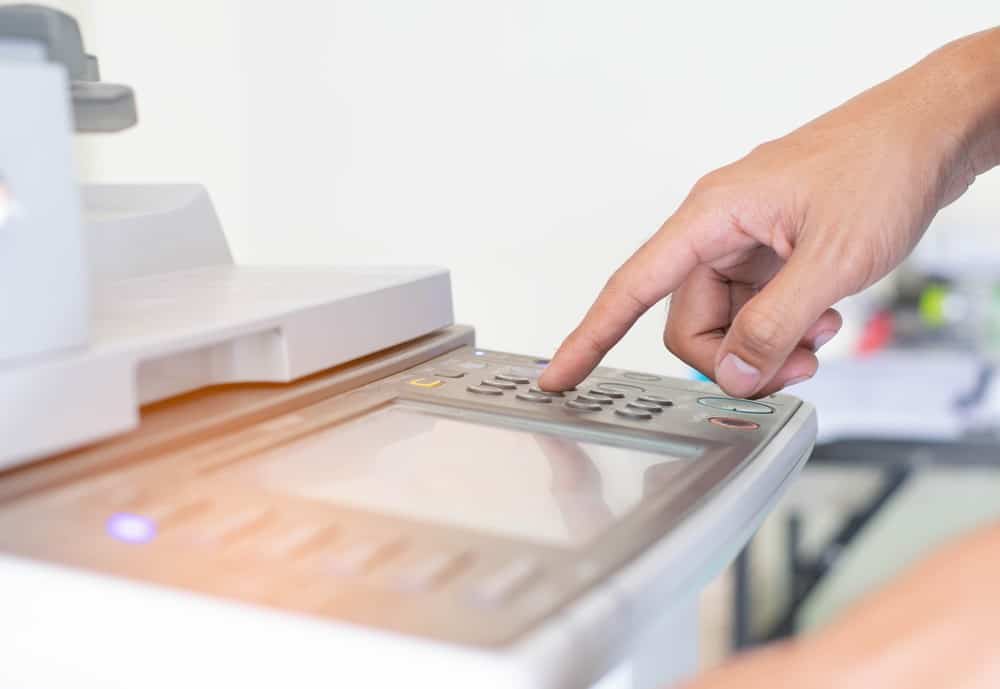
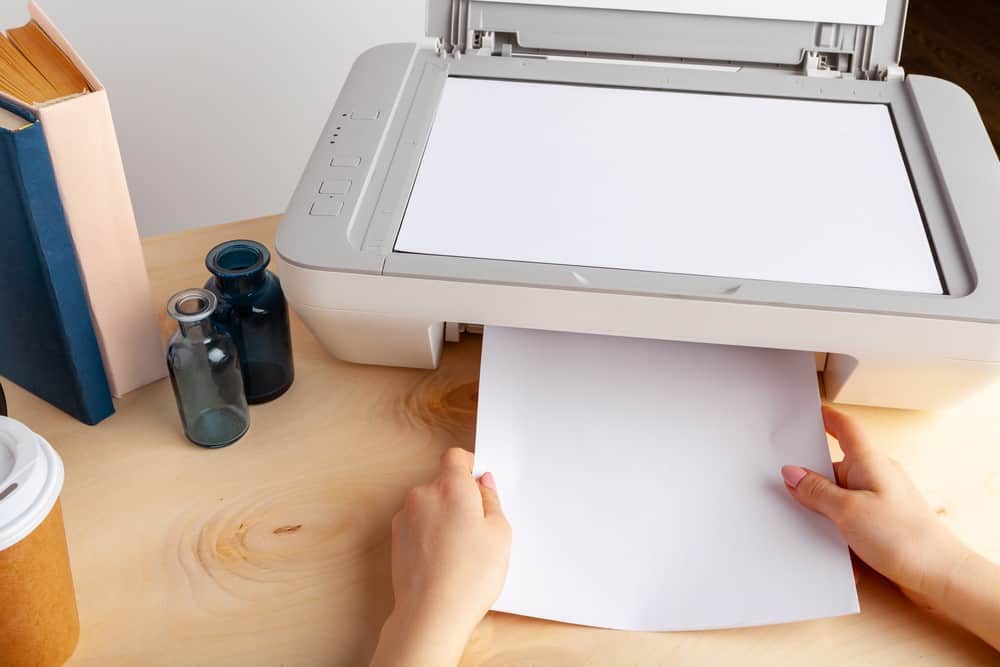

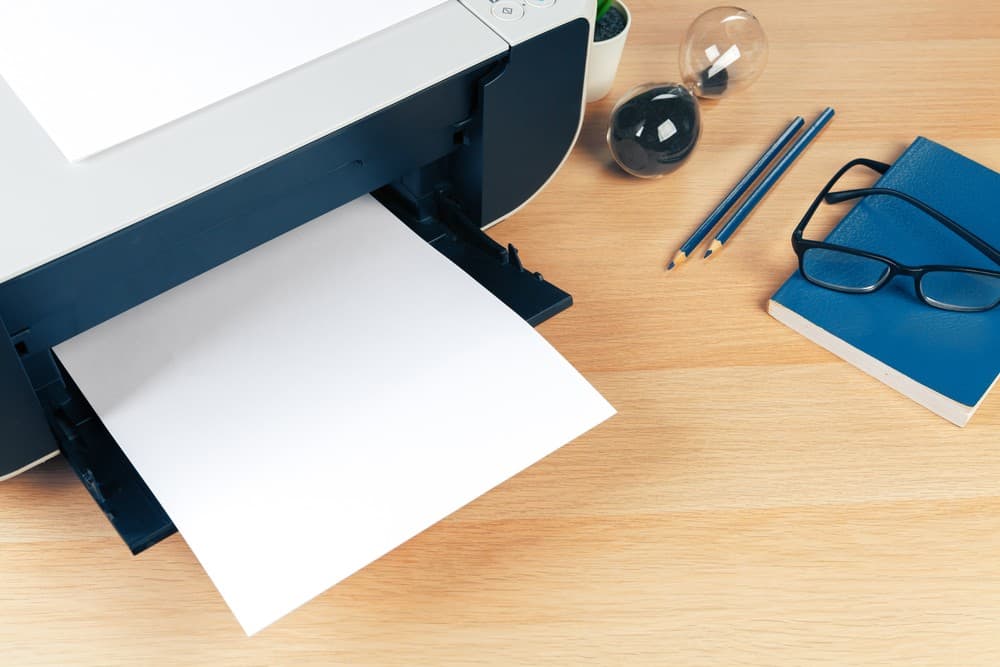
![Best All-in-One Printer in [year] ([month] Reviews) 27 Best All-in-One Printer in 2026 (January Reviews)](https://www.gadgetreview.dev/wp-content/uploads/best-all-in-one-printers.webp)
![Best Home Scanner in [year] ([month] Reviews) 28 Best Home Scanner in 2026 (January Reviews)](https://www.gadgetreview.dev/wp-content/uploads/Canon-TS5120-Wireless-Printer-Scanner-Review.jpg)
![Best BenQ Monitors in [year] 29 Best BenQ Monitors in 2026](https://www.gadgetreview.dev/wp-content/uploads/best-benq-monitor-image.jpg)
![Best Sublimation Printers in [year] 30 Best Sublimation Printers in 2026](https://www.gadgetreview.dev/wp-content/uploads/disable-printer-color-management-image-1.jpg)
![Best Envelope Printers in [year] 31 Best Envelope Printers in 2026](https://www.gadgetreview.dev/wp-content/uploads/best-envelope-printers-imge.jpg)
![Best 3D Printers in [year] ([month] Reviews) 32 Best 3D Printers in 2026 (January Reviews)](https://www.gadgetreview.dev/wp-content/uploads/Zortrax-M200-3D-Printer.jpg)
![Best Barcode Printers in [year] 33 Best Barcode Printers in 2026](https://www.gadgetreview.dev/wp-content/uploads/best-barcode-printers-image.jpg)
![Best Portable Photo Printers in [year] 34 Best Portable Photo Printers in 2026](https://www.gadgetreview.dev/wp-content/uploads/best-portable-photo-printer-image.jpg)
![Best HP Printers in [year] 35 Best HP Printers in 2026](https://www.gadgetreview.dev/wp-content/uploads/best-hp-printers-image.jpg)
![Best Printers for Photographers in [year] 36 Best Printers for Photographers in 2026](https://www.gadgetreview.dev/wp-content/uploads/best-printer-for-photographers-image.jpg)
![Best Printers for Teachers in [year] 37 Best Printers for Teachers in 2026](https://www.gadgetreview.dev/wp-content/uploads/best-printers-for-teachers-image.jpg)
![Best iPhone Photo Printers in [year] 38 Best iPhone Photo Printers in 2026](https://www.gadgetreview.dev/wp-content/uploads/best-iphone-photo-printer-image.jpg)
![Best 11x17 Printers in [year] 39 Best 11×17 Printers in 2026](https://www.gadgetreview.dev/wp-content/uploads/best-11x17-printers-image.jpg)
![Best Printers with Cheap Ink in [year] 40 Best Printers with Cheap Ink in 2026](https://www.gadgetreview.dev/wp-content/uploads/best-11x17-printers-image-1.jpg)
![Best Bluetooth Printers in [year] 41 Best Bluetooth Printers in 2026](https://www.gadgetreview.dev/wp-content/uploads/best-bluetooth-printer-image.jpg)
![Best Receipt Printers in [year] 42 Best Receipt Printers in 2026](https://www.gadgetreview.dev/wp-content/uploads/best-receipt-printer-image.jpg)
![Best Canon Printers in [year] 43 Best Canon Printers in 2026](https://www.gadgetreview.dev/wp-content/uploads/best-canon-printers-image.jpg)
![Best Compact Printers in [year] 44 Best Compact Printers in 2026](https://www.gadgetreview.dev/wp-content/uploads/best-compact-printer-image.jpg)
![Best Printers For Cricut in [year] 45 Best Printers For Cricut in 2026](https://www.gadgetreview.dev/wp-content/uploads/best-printer-for-cricut-image.jpg)
